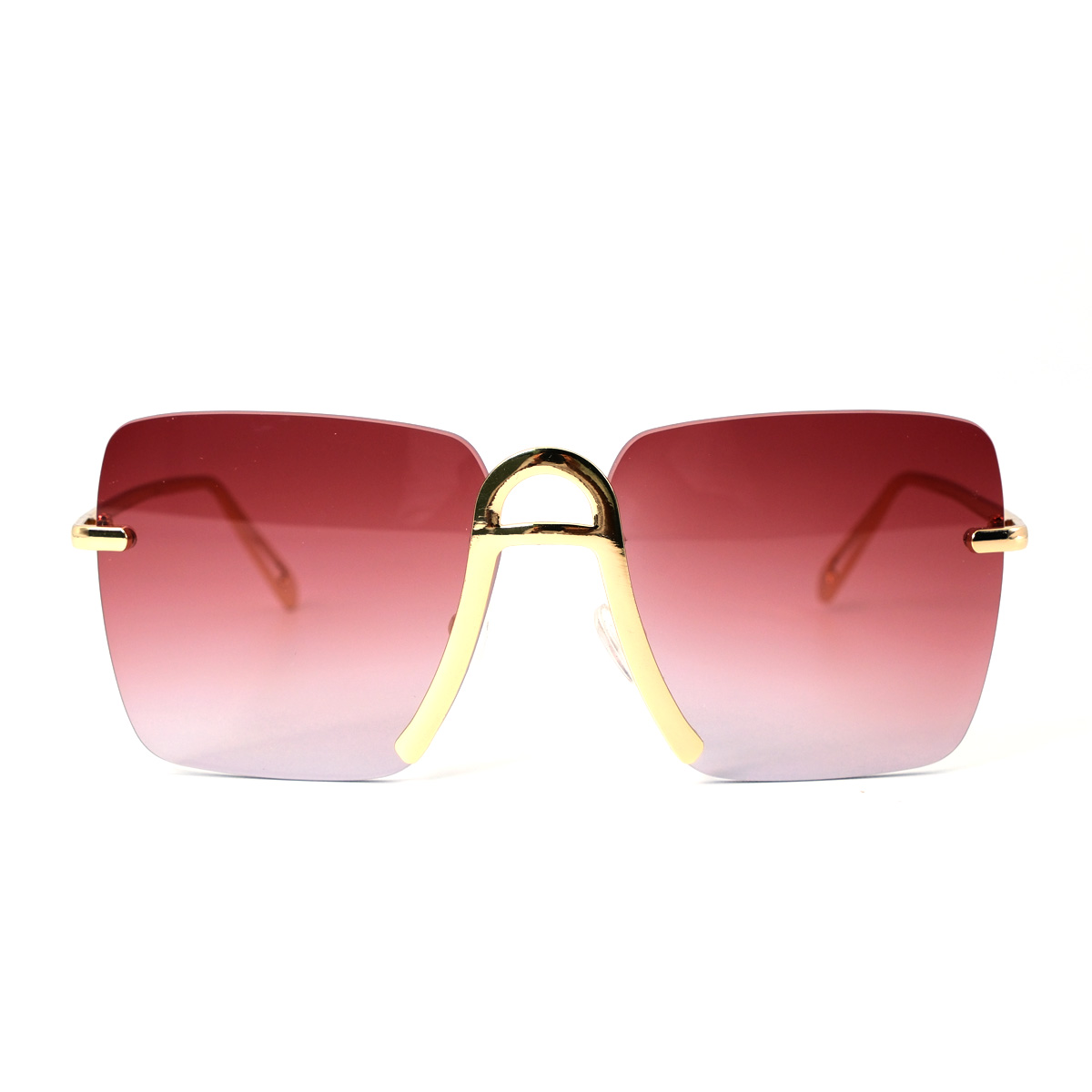What material is good for sunglasses_Sunglass lens material classification
Sunglasses are not just fashionable accessories; they play a vital role in protecting our eyes from harmful UV rays and reducing glare. When choosing sunglasses, it is essential to consider the lens material as it greatly influences the performance, durability, and visual clarity of the sunglasses. In this article, we will explore different lens materials commonly used in sunglasses, their characteristics, and their suitability for varying needs and preferences.
1. Glass Lenses:
Glass lenses were the traditional choice for sunglasses due to their excellent optical clarity and scratch resistance. Glass lenses provide distortion-free vision and superior clarity. However, they are relatively heavy, making them less comfortable for extended wear. Moreover, glass lenses are prone to breakage, making them less suitable for active sports or situations where impacts are likely. Despite these drawbacks, glass lenses are still preferred in certain applications where optical performance is paramount.
2. Polycarbonate Lenses:
Polycarbonate lenses have gained popularity over the years due to their lightweight nature and high impact resistance. They are significantly thinner and lighter than glass lenses, making them more comfortable for extended wear. Polycarbonate lenses are also shatterproof and highly durable, making them an excellent choice for sports and outdoor activities. However, one drawback is that polycarbonate lenses can be more prone to scratches compared to glass lenses. Nonetheless, advancements in coatings have improved scratch resistance in polycarbonate lenses.

3. CR-39 Plastic Lenses:
CR-39 plastic lenses, also known as organic lenses, are lightweight and offer good optical quality. They are less expensive than glass or polycarbonate lenses, making them a popular choice for budget-conscious consumers. However, CR-39 lenses are not as impact-resistant as polycarbonate lenses and may be more prone to scratches. They are suitable for casual use and everyday activities where high impact resistance is not a primary concern.
4. High-Index Plastic Lenses:
High-index plastic lenses are designed to be thinner and lighter than traditional plastic lenses. They are an excellent option for individuals with high prescriptions as they reduce the thickness and weight of the lenses. High-index lenses offer good optical clarity and are more impact-resistant than CR-39 lenses. However, they can be more expensive than other lens materials.
5. Polarized Lenses:
Polarized lenses are not a specific lens material but rather a type of lens treatment. Polarized lenses are designed to reduce glare and improve visual clarity by blocking horizontal light waves. They are particularly useful for activities such as driving, water sports, and skiing, where glare from reflective surfaces can be intense. Polarized lenses can be combined with various lens materials like glass, polycarbonate, or plastic.
6. Mirrored and Photochromic Lenses:
Mirrored lenses feature a reflective coating that reduces the amount of light entering the eyes. They provide excellent glare reduction and are popular in outdoor activities. Photochromic lenses, on the other hand, are lenses that darken when exposed to UV light and lighten when indoors. They offer convenience by automatically adjusting to changing light conditions. Both mirrored and photochromic lenses can be found in different lens materials, depending on individual preferences.
Choosing the right lens material for sunglasses depends on various factors, including optical performance, durability, weight, impact resistance, and budget. Glass lenses offer excellent optical clarity but can be heavy and prone to breakage. Polycarbonate lenses provide lightweight comfort and superior impact resistance, making them suitable for sports and outdoor activities. CR-39 plastic lenses offer an affordable option but may lack the same level of impact resistance. High-index plastic lenses are thinner and lighter, ideal for individuals with high prescriptions. Additionally, lens treatments such as polarization, mirroring, and photochromic properties can enhance the functionality of sunglasses. Considering these factors and understanding the characteristics of different lens materials will help individuals make an informed decision when selecting sunglasses that best suit their needs and preferences.
